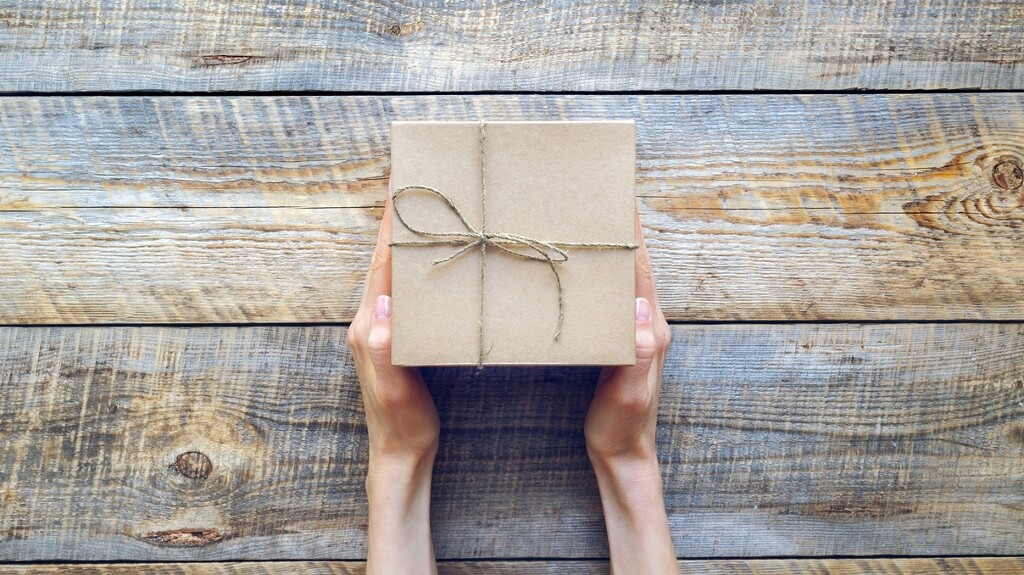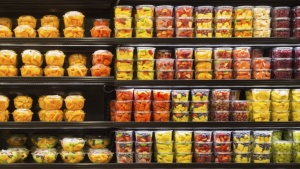Post-Pandemic Packaging: What Will Consumers Want?
Post-pandemic packaging must be all about the customer

The impacts of the coronavirus pandemic are far-reaching. Almost every industry and sector has been shaken to the core and forced to adjust to what is being coined the ‘new normal’. And packaging is no different.
As businesses’ resources and objectives adapt to changing consumer habits and needs, every touchpoint of a purchase needs to be revised. Packaging plays an important role in connecting brands with customers, so should be a priority in a business' post-COVID-19 strategy.
Robert Lockyer, CEO of luxury packaging provider, Delta Global, explains how brands can strengthen their image and offering with packaging that complies with their customers’ newly adjusted requirements and expectations.
We are facing a global health pandemic and, in order to get out of it effectively, we must proceed with extreme caution. The threat of a second wave is still there, so we must not get complacent.
Whilst a lot of thought has gone into how businesses will have to adapt internally to protect employees, we should also be considering the safety and needs of our customers.
There’s no doubt that many will remain anxious and that will be reflected in their buying habits. Whether this results in more shopping online to avoid the risk of visiting physical stores or extensive cleaning procedures before bringing a package into the house, brands must account for all concerns.
For example, streamlined supply chains can minimise the amount of hands that touch a package, reducing the risk of the virus being passed on and infecting a customer in their home.
The materials used should also be considered, as those that can be wiped down easily will be preferable. Similarly, with contactless deliveries and packages being left outside, materials need to be able to withstand all weather conditions.
Whilst these all address safety concerns, consumers are also likely to have new expectations regarding environmental impact and sustainability, which brands will need to meet. This will be vital for reputational purposes and for maintaining brand loyalty in what will be a tough economic recovery period.
Ethical consumption
Brands are being held to account by increasingly ethical consumers for their performance on climate change. Therefore, reducing the amount of packaging your products require and ensuring materials are broadly recyclable is a positive first step forward, if it’s one you have not taken already.
A reduction in carbon emissions released into the earth’s atmosphere has been an inadvertent effect of the COVID-19 disruption. And, as businesses, customers and citizens, we must all do what we can to ensure that we don’t reverse this as we navigate out of the pandemic.
Therefore, your efforts to combat climate change should go beyond packaging materials, if you are to really make an impact and appeal to customers post-coronavirus. Packaging that is durable and minimal can address every safety concern but it can also do more than the bare minimum for the environment.
For instance, rather than simply disposing of it, a box that is durable can be reused by the customer. Whether that is as a storage solution or a decorative piece, giving packaging a second life is a great way for brands and customers to reduce their carbon footprints.
The packaging of designer items is often displayed as decor in the homes of customers. Whilst it’s the names and logos on these that typically make them good decorative pieces, other brands can follow suit with designs that look and feel luxurious. The best way to achieve this is through minimalism, which just so happens to be the most cost effective option for business too.
As well as second life packaging, second-hand fashion is on the rise, with sites like Vestiaire Collective doing their bit to combat the industry's contribution to landfills. And, when sellers have the original packaging, it can add to the value of a piece at resale.
So, making this known, particularly for luxury goods, is a great way to encourage customers to keep their packaging and to resell an item, rather than throwing it away. Of course, a durable box is more likely to last and be kept until it’s time to resell.
Out of the box
Packaging will transcend its physical form as real value can be added through intangible elements, such as messaging, customer experience and socially responsible initiatives.
With concerns around safety and a widened physical distance between brands and consumers, messages with a personal touch are definitely the best way forward if companies are to rebuild trust and customer confidence following this disruption.
Whether this is in the form of a personalised ‘thank you’ card placed inside the package or a guide on how to upcycle the item after you have exhausted its use in its current form, brands should think outside the box to find ways to exceed customer expectations. However, where possible, digital alternatives should be used as this reduces avoidable waste.
For example, printed URLs and scannable QR codes that take you to a ‘thank you’ video from the CEO or a styling advice guide on the company’s website are much more environmentally friendly options. These tactics will also place your brand ahead of the competition when it comes to digital innovation.
With social media trends, particularly on Instagram, having a huge influence on fashion and customer demand, the power of the platform can be leveraged to create brand awareness through multichannel campaigns and user generated content.
Whilst many brands are well-accustomed to including Instagram handles on their packaging and even presenting boxes and bags in an ‘Instagramable’ fashion that encourages customers to post photos of it, more can certainly be done.
Once a photo has been taken, the box, along with all its fancy ribbons and decoration will likely end up in the bin. To combat this, a brand can encourage a second life by running an Instagram competition, whereby customers are challenged to find another use for the box and post a picture, using a dedicated hashtag to enter.
This way, not only will you raise brand awareness amongst customers’ followers and reduce waste but the packaging also will become just as desirable as the products themselves.
Whilst brands and companies have suffered during this period, it’s important to remember that your customers have too.
Whether that’s their physical or mental health, their finances or their habits, brands will play a huge role in resolving the disruption caused by the pandemic and, ultimately, restoring customer confidence and the economy.
This duty can only be fulfilled, if every aspect of a business adapts, right down to its packaging. And that’s exactly why post-pandemic packaging must be all about the customer.
Thanks for signing up to Minutehack alerts.
Brilliant editorials heading your way soon.
Okay, Thanks!

